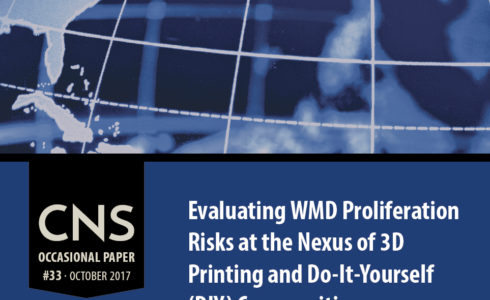
Occasional Paper #33 examines the degree to which additive manufacturing – including its distribution and use – may be introducing new proliferation risks.
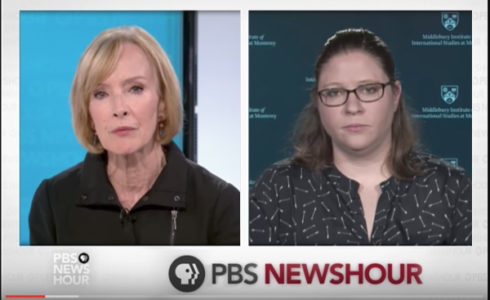
Warring words, nuclear tests, and increased missile capabilities: CNS experts on the developments and implications.
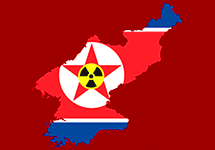
How do we work out the size and nature of North Korea’s nuclear test? A physicist explains.
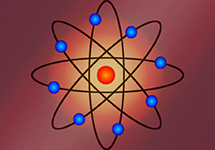
A report on legal, political, and institutional options to advance international oversight.
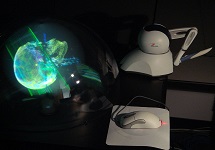
By helping countries acquire linear accelerators and train associated personnel, the international community has the opportunity to improve public health and security simultaneously.

A new study by Miles A. Pomper, Ferenc Dalnoki-Veress, and George M. Moore, explores how to both promote cancer therapy in developing countries and prevent radiological terrorism.
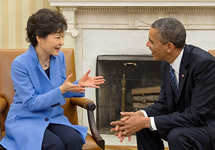
Occasional Paper #24: This report identifies challenges and opportunities for the next phase of the ROK-US nuclear partnership.
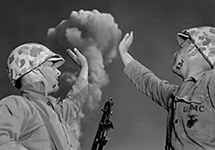
Scientist-in-residence Ferenc Dalnoki-Veress looks at how radionuclide measurements can help determine information about North Korea’s January 7 nuclear test.
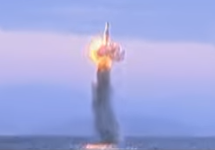
The media show interest as CNS experts analysis of North Korea’s missile test video was found to be manipulated and the test itself a failure.
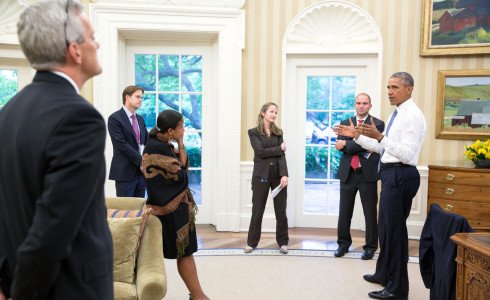
CNS’s scientist-in-residence discusses the ways the Iran deal closes all possible routes to the bomb.